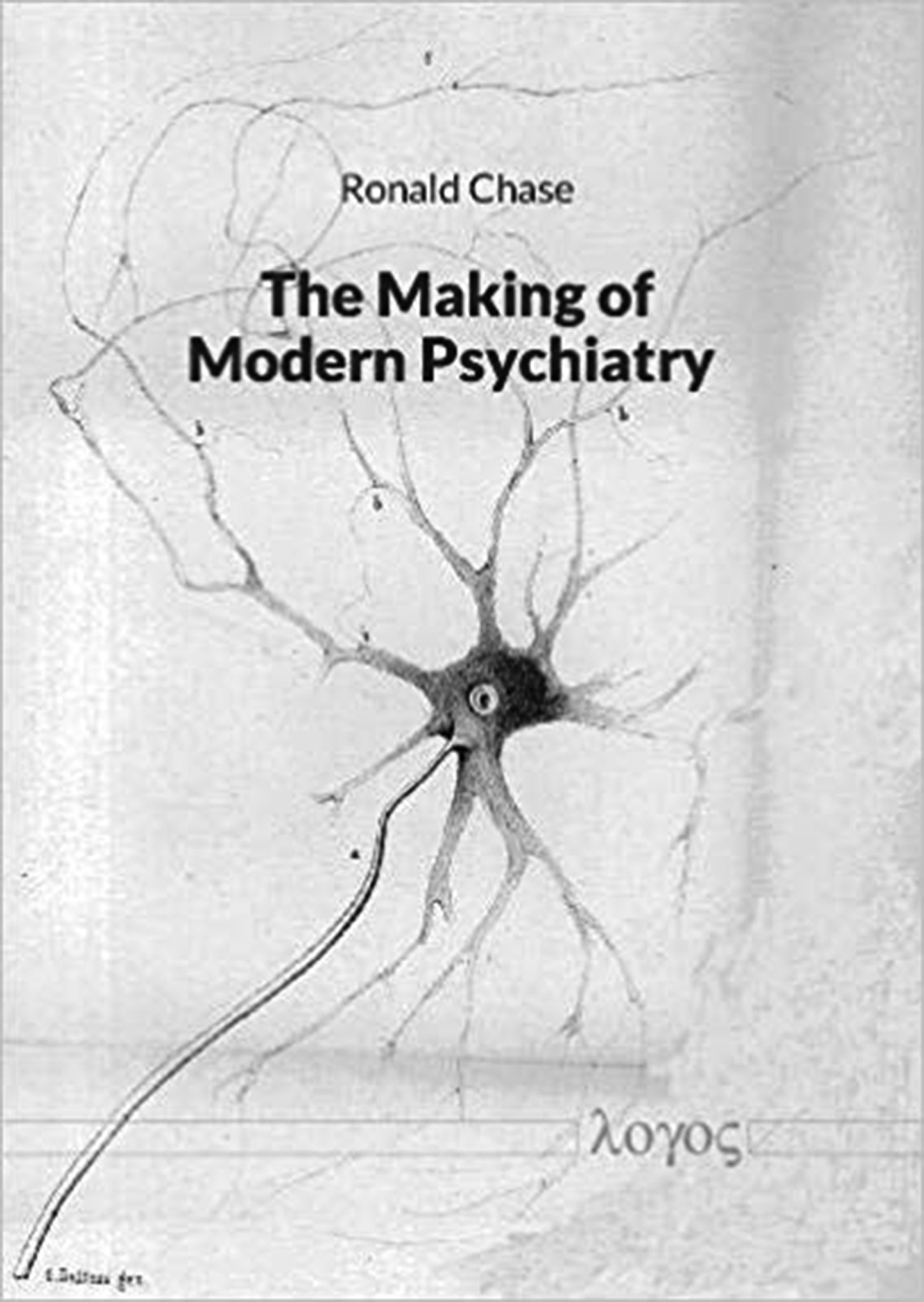
German psychiatrist Emil Kraepelin (1856–1926) suffered several tragedies, including the death of three of his children in early childhood. He was an avid traveller of Europe and Africa. He became teetotal, convinced that alcohol weakened the will and caused intellectual stupefaction and moral insanity. To record objectively the clinical features of all his patients, he created his famous card index since clinical notes slipped from his grasp when patients moved between hospitals. In his later years Kraepelin acknowledged that the distinction between ‘dementia praecox’ and ‘manic-depressive insanity’ was not as clear as he earlier surmised.
This book sets the pursuit of knowledge and understanding of psychiatry into the frame of the people exploring the subject, their daily lives, philosophical ideas and professional encounters, mainly in German-speaking lands in the 19th century. This includes the mysterious murder of Dr Bernhard Gudden, a psychiatrist and neuroanatomist who treated King Ludwig II. Henry Maudsley, Philippe Pinel and others at the Salpêtrière are mentioned occasionally. Camillo Golgi from Italy and Santiago Ramón y Cajal from Spain were central to debates on the structure of neurones and how they communicate. Microscopy and staining methods had limitations, and a dispute raged between the ‘reticularists’, who ‘saw’ that axons and dendrites touched each other, and the ‘neuronists’, who described gaps between them. Despite the German leadership in the field, Cajal and Golgi jointly received the Nobel Prize in Medicine or Physiology in 1906 for their work on neurones, even though one was a neuronist and the other a reticularist.
Alongside the neuronal argument came that of functional brain localisation. Could the brain have localisation when the soul is unitary? How do mind, body, brain and soul interact? Is there one or more insanity? Are causes of insanity moral or biological and, if biological, why were there usually no signs of abnormality on post mortem? Wilhelm Griesinger argued that if all psychiatric illnesses were brain illnesses (although not all brain illnesses were psychiatric) then their treatment should be part of medicine and medical training. Griesinger heavily influenced the introduction of psychiatry into the medical school curriculum.
This lively book tells a story of people, events and discoveries. Some of the illustrations are touching, such as Cajal in his laboratory and Kraepelin's photograph of catatonic patients, and the author includes his own photographs of Kraepelin's grand home in Heidelberg. The book is well written, but suffers from some irritating typographical errors, a limited index, some passages outside of the chronological framework and occasional misunderstandings. For example, Chase states that ‘admissions increased sharply’ (p. 47), but the increase was roughly in line with population changes; bed occupancy rising dramatically was associated with not discharging patients who had severely debilitating and chronic disorders.
Chase's book will be thought provoking for anyone trying to understand the many questions on diagnosis and aetiology in 21st century psychiatric practice. Many of the dilemmas raised over a century ago are evocative of those today, particularly the relationship between bipolar disorder and schizophrenia, as Chase discusses in his final chapter. If Kraepelin and his colleagues returned today they might not recognise the society and technology around them, but they would chuckle when they found that the concepts and diagnostic conundrums with which they grappled still exist.



eLetters
No eLetters have been published for this article.